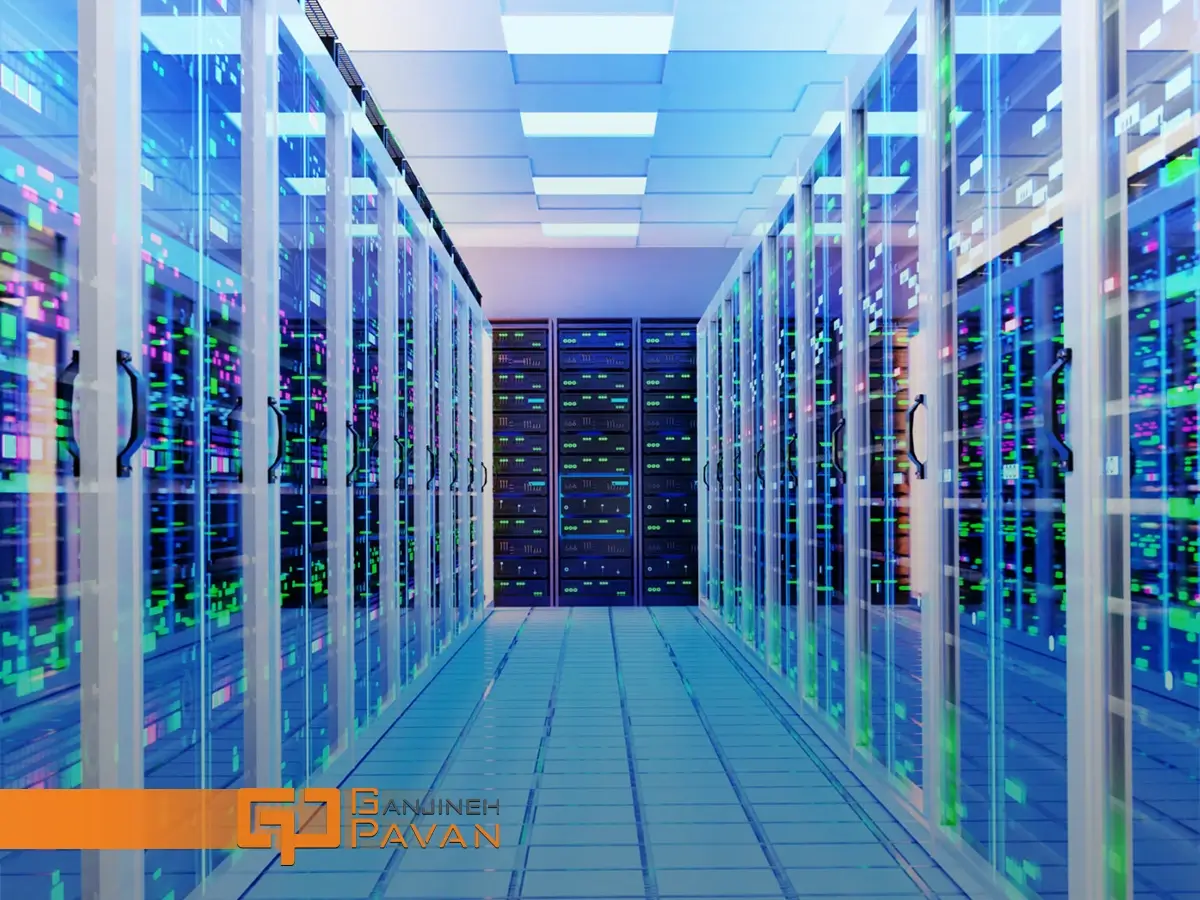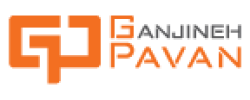There are various standards in the safety and fire alarm industry. EN, as European standards, specifies the technical standard of various equipment, goods, and systems. This standard has different codes. In one of Ganjineh Pavan‘s articles, we examined one of these codes, the EN 54 standard, which is related to fire detection and alarm systems and equipment. In this article from Ganjineh Pavan’s blog, we intend to discuss the European EN standard and introduce the codes related to the safety industry and fire alarm and extinguishing.
EN is a set of technical standards. So it makes sense to first understand what a technical standard means.
What is the technical standard?
A technical standard is a norm or requirement set for repeatable technical work, which is for the common and repeated use of rules, conditions, instructions, or characteristics of products or related processes and production methods, and related system practices. Management rules are applied.
A technical standard includes a definition of terms, classification of components, description of procedures; specification of dimensions, materials, performance, designs, or operations; measuring quality and quantity in describing materials, processes, products, systems, services, or practices; test methods and sampling methods; or describing fit and measuring size or strength.
European EN standard and its dimensions
Unlike some certifications or international standards, such as the LPBC damage prevention certificate, some standards have a national or regional aspect. For example, the CE mark is mostly cited in the European Union, and NFPA is the American standard, which of course has been accepted in many countries of the world.
European standards are abbreviated as EN, which is derived from the German name Europäische Norm (European Norm). EN are technical standards developed and maintained by CEN (European Committee for Standardization), CENELEC (European Committee for Electrotechnical Standardization), and ETSI (European Telecommunications Standards Institute).

Each European standard is identified by a unique reference code starting with ‘EN’. For example, as we said, the EN54 standard is related to fire detection and alarm systems and equipment.
Importance of European EN standards
The European standard EN is an important part of the EU market. The EN standard plays one of the most important roles in trade and the European single market. It facilitates trade between countries in the market and creates a clear distinction between European and non-European producers.
The European EN standard provides a common base for individuals, companies, and organizations. European EN standards are related to products or systems. But today, standards are created not only for technical reasons but also become opportunities for active coverage and participation in technology, as well as convergence and consensus among emerging markets in industries.
EN specifies the safety, health, and environmental standards required by EU member states. It is a fact that only products that meet European standards are allowed to circulate in the EU market.
European EN standards have a positive effect on facilitating the free movement of goods in international trade, seek to rationalize production, help promote environmental protection and competitiveness, and ensure adequate consumer protection in the domestic market. European EN standards are globally recognized in many areas.
Is compliance with all EN standards mandatory?
It is not always necessary to comply with all the requirements of an EU directive, and therefore you may not always be required to comply with all EN standards. When going through the CE marking process, you must first identify the directives and standards that apply to them. Then, you can identify the applicable requirements of the guidelines and standards.

What is the difference between EN and ISO standards?
The ISO standard is a standard prepared by the ISO Standardization Institute. When a standard is harmonized by the European Commission, the EN standard is called by this name.
A standard can be created by ISO, for example, ISO 12000-1. Once the standard has been submitted and approved by the member states, the standard will be published by the European Commission. From then on, the standard is harmonized, meaning that member states must adopt these standards and withdraw any conflicting standards. Then the standard is called EN-ISO XXXXX.
European EN standards related to the safety industry
Various codes of the European standard EN relate to safety equipment and industry. Some codes related to industry and safety equipment are:
EN 71 Safety of toys
EN 81 Elevator safety
EN115 Safety of stairs and corridors
EN 166 Safety equipment for personal eye protection
EN294 Safety of Machinery; Safety distance to prevent damage to dangerous areas by the upper limb
EN 341 Personal protective equipment against falls from a height
EN 374 Safety gloves against chemicals and microorganisms
EN381 Safety clothing for chainsaw users, e.g. pants, jacket, gloves, boots/gaiters.
EN 397 Specification for industrial helmets
EN 813 Personal protective equipment to prevent falls from a height. Fallen harness

European EN standards related to the fire alarm and extinguishing industry
Some of the European standard codes are related to the fire alarm and extinguishing industry. which we mention below.
EN 2 fire classification
EN 2 classifies different types of fires into four categories that can be defined based on the nature of the fuel. EN 2 fire classification standard is used in the following industries and organizations:
- Manufacturers and installers of fire extinguisher systems
- Entities involved in fire safety engineering
- Quality control and testing department
- Fire safety units
- Local authorities
- Regulatory bodies
Such a classification is especially useful in the field of extinguishing fires using extinguishers. This can help in the design of fire extinguishers that play a positive role during a fire.
EN 3 portable fire extinguisher
The European standard EN 3 specifies the requirements for portable fire extinguishers. Compliance with the standard is a legal requirement for the manufacture of all fire extinguishers in the European Union.
EN 54 fire detection and alarm systems
The EN 54 standard is a set of European standards that includes product standards and application guidelines for fire detection systems, fire alarms, and sound warning systems such as fire alarms.

EN 694 Fire hose. Semi-rigid hoses for fixed systems
This European Standard applies exclusively to hoses for fire-fighting purposes, intended for use in ambient conditions in non-aggressive or non-corrosive atmospheres in the temperature range -20 °C to +60 °C.
The final word of the European EN standard
In this article, from Ganjineh Pavan‘s articles, we examined the European EN standard. Today, many European EN standards codes are accepted in many parts of the world. Some of the codes of this standard are related to the safety industry and the fire alarm and extinguishing industry, the most important of which we mentioned are EN 2, EN 3, and EN 54.
Ganjineh Pavan provides consulting, design, supply, installation and implementation, testing, and maintenance services in the following fields:
- Design and installation of fire alarm system
- Design and installation of fire extinguishing system
- Supply, design, and installation of the F&G system
- Safety and personal protective equipment (PPE)
Consulting and obtaining fire department approval for the completion of building work
To get information and receive free advice to improve the safety and security of your workplace and life, contact our expert and experienced specialists in Ganjineh Pavan now.
:References







